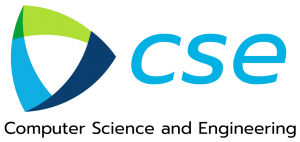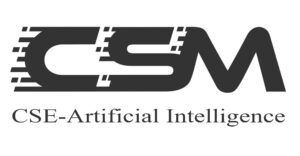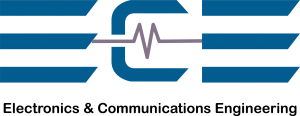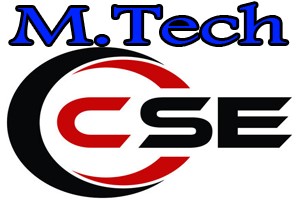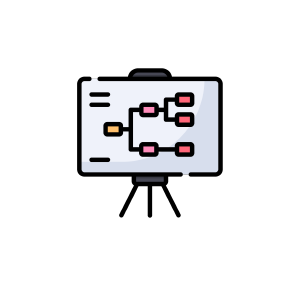Dept. of IT At a Glance
October 23, 2021 2023-05-16 10:59Dept. of IT At a Glance
In the near future, the department hopes to extend its research into newer areas like Energy Efficient Networks, Body Area Networks, High Precision Location and Navigation, Green Communication and Computing, Healthcare Informatics. The it department also hosts very active student organizations.
These include an IETE student branch, The ISSE, ISTE memberships for faculty members. Aiding the student’s transition to the professional work environment are well established Co-Op and internship programs at the departmental as well as the college level.
Students design, develop, construct, and evaluate a system. Faculty advisors assess the projects based on finished products, written reports, and oral presentations.
The laboratory courses give students considerable experience in working closely with others in real world situations and solving open ended design problems.
Our Alumni occupy key leadership positions in Industry, Academia, and National Laboratories in the United States and around the world.
Vision
To empower the budding talents and ensure them with probable employability skills in addition to human values by optimizing the resources.
Mission
- To encourage students to become pioneers in the global competition with problem-solving skills
- To make students become innovative with potential skills to explore the employment opportunities and/or to become entrepreneurs
- To promote Research environment and inculcate corporate social responsibility
Program Specific Outcomes (PSO's)
PSO1: Designing and developing the Information Technology based systems with high professional skills.
PSO2: Qualify in national and international level competitive examinations for successful higher studies and get employment in IT enabled industries
Program OutComes (PO's)
PROGRAM OUTCOMES(POs)
1.Engineering knowledge: Apply the knowledge of mathematics ,science ,engineering fundamentals ,and an engineering specialization to the solution of complex engineering problems.
2.ProblemAnalysis: Identify ,formulate, review research literature, and analyse complex engineering problems reaching sustained conclusions using first principles of mathematics ,natural sciences, and engineering sciences.
3.Design/Development Of Solutions: Design solutions for complex engineering problems and design system components or process that meet the specified needs with appropriate consideration for the public health and safety, and the cultural ,societal ,and environmental considerations.
4.Conduct Investigations Of Complex Problems: Use research-based knowledge and research methods including design of experiments, analysis and interpretation of data, and synthesis of the information to provide valid conclusions.
5.Modern Tool Usage: Create, select, and apply appropriate techniques, resources, and modern engineering and IT tools including prediction and modelling to complex engineering activities with an understanding of the limitations.
6.The Engineer And Society: Apply reasoning informed by the contextual knowledge to assess societal, health, safety, legal and cultural issues and the consequent responsibilities relevant to the professional engineering practice.
7.Environment And Sustainability: Understand the impact of the professional engineering solutions in societal and environmental contexts, and demonstrate the knowledge of, and need for sustainable development.
8.Ethics: Apply ethical principles and commit to professional ethics and responsibilities and norms of the engineering practice.
9.Individual And Team Work: function effectively as an individual, and as a member or a leader in diverse teams, and in multidisciplinary settings.
10.Communication: Communicate effectively on complex engineering activities with the engineering community and with society at large, such as, being able to comprehend and write effective reports and design documentation, make effective presentations, and give and receive clear instructions.
11.Project Management And Finance: Demonstrate knowledge and understanding of the engineering and management principles and apply these to one’s own work, as a member and leader in a team, to manage projects and in multidisciplinary environments.
12.Life- Long Learning: Recognize the need for, and have the preparation and ability to engage in independent and life- long learning in broadest context of technological change.


